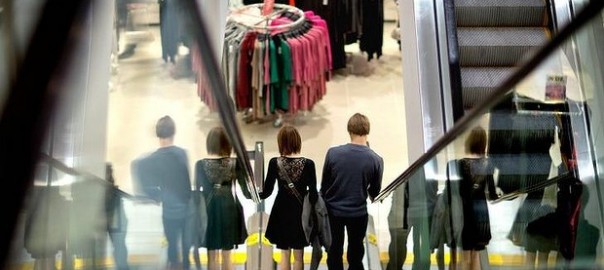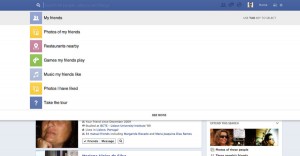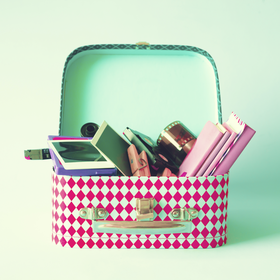March 5, 2015
Business Reporter

The retail sales rise had been widely expected by economists. Photo: David Goldman
Retail sales rose at the strongest rate in three months in January as the lower oil price helped encourage consumers to spend.
Retail sales gained 0.4 per cent in January, in line with expectations and doubling December’s weak 0.2 per cent monthly advance. January’s rise, the best result since October, had been widely forecast by economists. The figures are seasonally adjusted.
In January, the price of oil had dropped 60 per cent over the previous six months and petrol at the bowser could be had for less than $1 a litre.
This extra cash in wallets saw consumers return to stores, however an uptick in petrol prices in February may seen them be closed again, Bank of America Merrill Lynch chief economist Saul Eslake said.
“This is an indication in the lack of consumer confidence,” Mr Eslake said. “The main reason for the deterioration in confidence over the last year has almost certainly been political developments. Are they going to change soon? Who knows?”
Consumer confidence has returned to pre-2014 budget levels, buoyed by an interest rate cut from the Reserve Bank of Australia and lower oil prices. However, continued leadership speculation within the Coalition and an upcoming budget in May remain a risk to confidence.
Also hurting confidence, the unemployment rate has climbed to a 12-year high of 6.4 per cent and wages growth is at its lowest level since the current data series began in 1997, at an annual rate of 2.5 per cent.
“You can’t expect wages growth, that’s barely keeping pace with underlying inflation, to turnaround until the unemployment rate has peaked and starts to come down,” Mr Eslake said.
Unemployment is forecast to peak around the third quarter of 2015.
Barclays chief economist Kieran Davies said he had expected a stronger result in January, given the recent collapse in petrol prices.
“Petrol prices fell by 9 per cent in December and 11 per cent in January, providing a big boost to household purchasing power. We had expected this to be reflected in a stronger lift in January sales, although it may be obscured by the unusual fall in food,” Mr Davies said.
“With consumer sentiment picking up sharply after the RBA cut rates in February, we will be watching closely for signs of improvement in the more timely private-sector indicators of spending.”
In trend terms, retail turnover rose just 0.2 per cent month-on-month and 3.1 per cent year-on-year.
“While renewed momentum in house prices since the February rate cut could provide some support to retail, we expect that weak income growth, rising unemployment and subdued consumer confidence will continue to be a considerable weight on consumer spending,” ANZ economist Katie Hill said.
The Australian dollar was trading at US78.19₡ just prior to the result and was little moved after, sitting around US78.22₡.
The largest mover in trend terms was clothing, footwear and personal accessories, which jumped 0.7 per cent, according to the Australian Bureau of Statistics. Sales of housing goods ifted 0.3 per cent and department stores recorded a 0.5 per cent sales increase.
‘Other’ retailing such as books, pharmaceuticals and toys was the only category to fall, down 0.2 per cent.
Western Australia and Queensland were the biggest movers among the states, with growth of 0.4 per cent respectively. South Australian sales grew 0.3 per cent, while sales in New South Wales, Tasmania and the Northern Territory all inched 0.1 per cent higher.
Victoria and the Australian Capital Territory were flat for the month.
Over the longer term, there are a few trends emerging, Mr Eslake said.
“Food and especially clothing sales are much weaker than at this time last year. Household goods retailing is quite strong, flowing from the strong upturn in housing activity in the second half of last year,” Mr Eslake said.
January’s retail sales numbers are unlikely to affect monetary policy, Mr Eslake said. On Tuesday, the RBA decided to hold rates at 2.25 per cent, after having cut the overnight cash rate by a quarter of a percentage point at the February meeting, the first monetary policy change in 18 months.
(254)
Report Post









